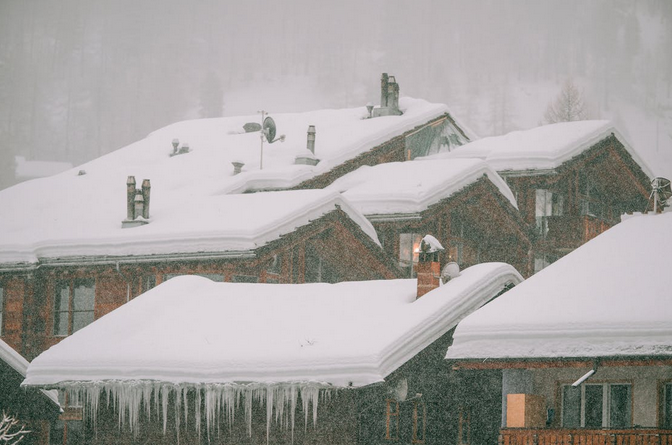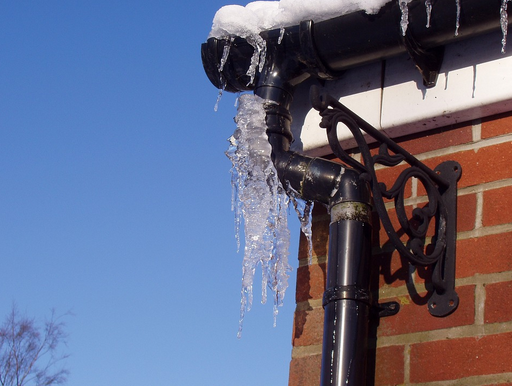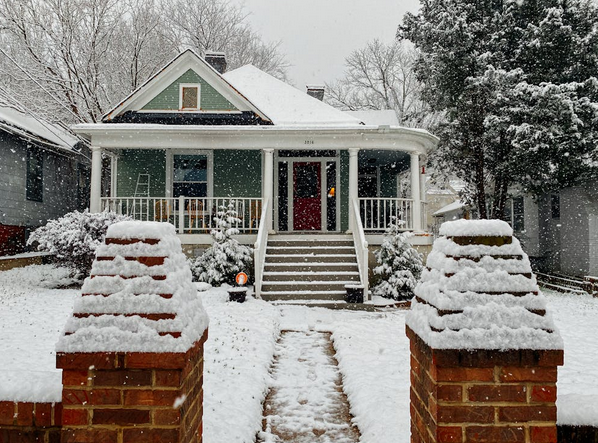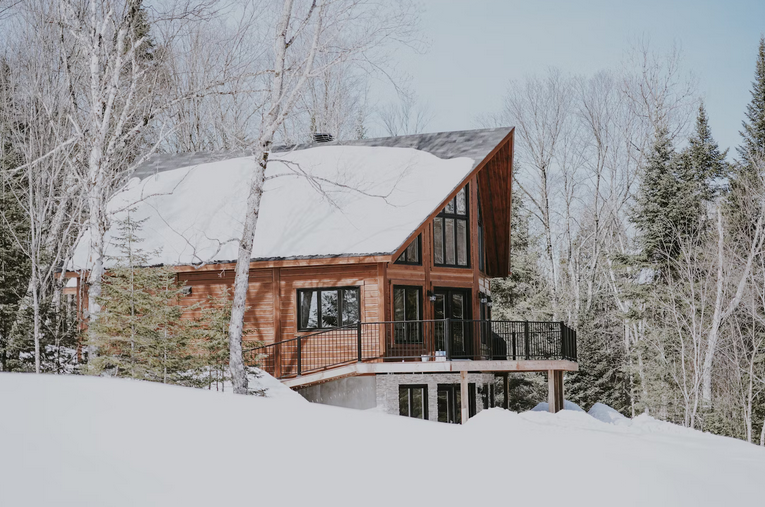Heavy snowfall can transform a landscape into a winter wonderland, but it also brings challenges that can impact your home’s safety, functionality, and overall comfort. Roof Repairs will be necessary if you do not prepare for such events. Properly preparing your home for heavy snowfall is essential to avoid potential damage and ensure the well-being of your household. Here’s why taking the time to winterize your home before the first snowflake falls is a wise decision.
Preventing Structural Damage

One of the primary reasons to prepare your home for heavy snowfall is to prevent structural damage. Accumulated snow and ice can place significant stress on your roof, potentially leading to leaks, ice dams, or even roof collapse in extreme cases. By ensuring your roof is in good condition, clearing gutters, and installing roof heating cables, you can lessen the risk of snow-related damage. Additionally, trimming overhanging tree branches can prevent them from breaking under the weight of snow and damaging your home.
Ensuring Energy Efficiency
Heavy snowfall often comes with frigid temperatures, making it crucial to keep your home warm without driving up energy costs. Preparing your home for winter by insulating windows, doors, and attics helps maintain a consistent indoor temperature, reducing the strain on your heating system. Sealing any drafts and insulating your home can lead to significant energy savings while keeping your living spaces comfortable during cold snaps.
Safeguarding Against Frozen Pipes
Frozen pipes are a common issue during severe winter weather, and they can lead to costly water damage if they burst. Preparing your plumbing system for heavy snowfall involves insulating exposed pipes, particularly those in unheated areas like basements, attics, and garages. Additionally, keeping a steady flow of water in your faucets during extreme cold can help prevent freezing. Taking these precautions will save you from the headache of dealing with water damage and expensive repairs.

Maintaining Accessibility
Heavy snowfall can make it difficult to access your home, particularly if snow piles up on driveways, walkways, and entrances. Preparing in advance by having snow removal tools and supplies, such as shovels, snow blowers, and ice melt, ensures that you can keep pathways clear and safe for use. Installing handrails or ensuring existing ones are secure can also help prevent slips and falls, making your property safer during snowy conditions.
Ensuring Emergency Preparedness
Finally, preparing your home for heavy snowfall is an essential part of emergency preparedness. Winter storms can lead to power outages, road closures, and other disruptions, making it vital to have a plan in place. Stocking up on essential supplies, such as non-perishable food, water, flashlights, and blankets, ensures your household can remain safe and comfortable during a snowstorm. Additionally, having a backup power source, such as a generator, can keep your home running smoothly even when the grid is down.
Protecting Your Home’s Exterior

Winter weather can be harsh on your home’s exterior, especially if heavy snow is involved. Snow can accumulate on your home’s siding, windows, and doors, leading to moisture infiltration and potential damage. Taking the time to seal cracks, apply weather-resistant coatings, and cover vulnerable areas with protective materials will help protect your house’s exterior from the elements. These preparations can extend the life of your home’s exterior and save you from costly repairs in the spring.
Preparing your home for heavy snowfall is not just about comfort; it’s about safety, efficiency, and protecting your investment. By taking steps to prevent structural damage, improve energy efficiency, safeguard against frozen pipes, maintain accessibility, protect your home’s exterior, and ensure emergency preparedness, you can weather the winter months with peace of mind.


